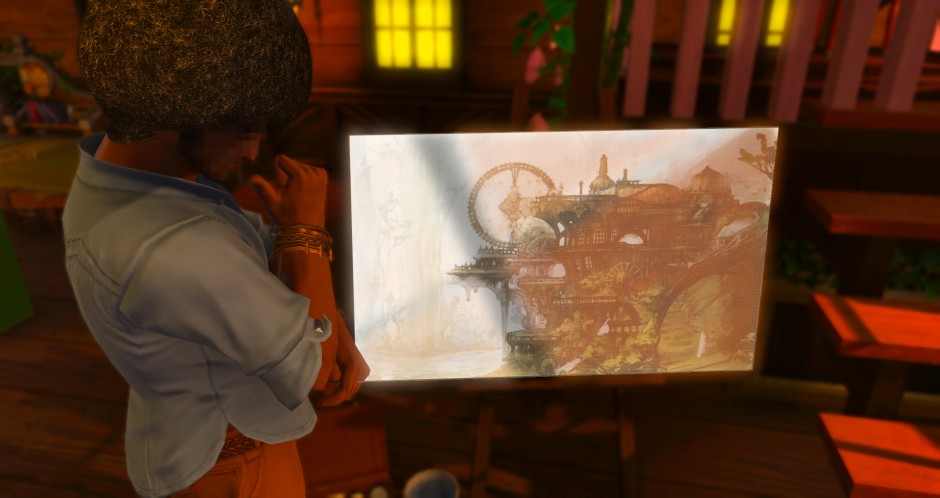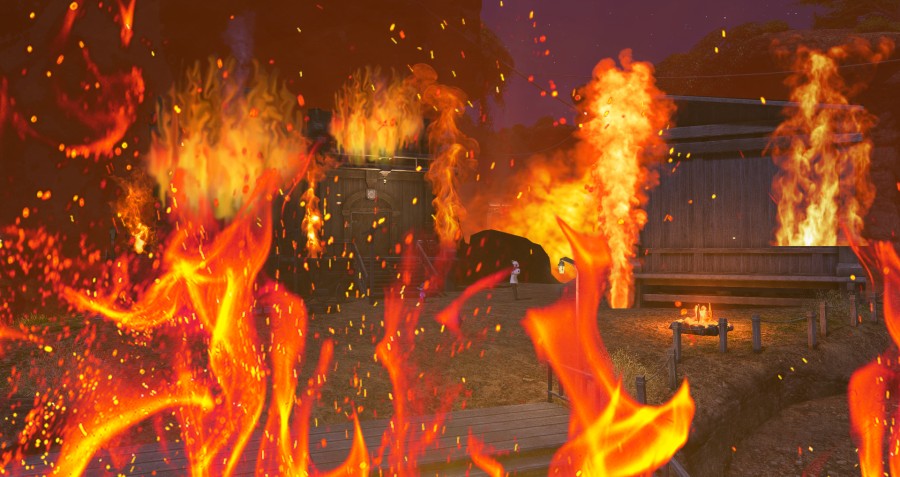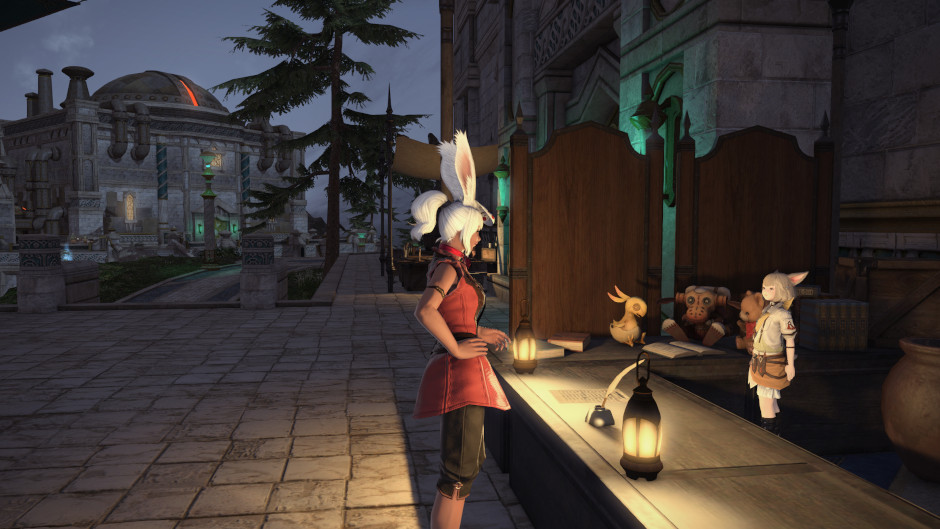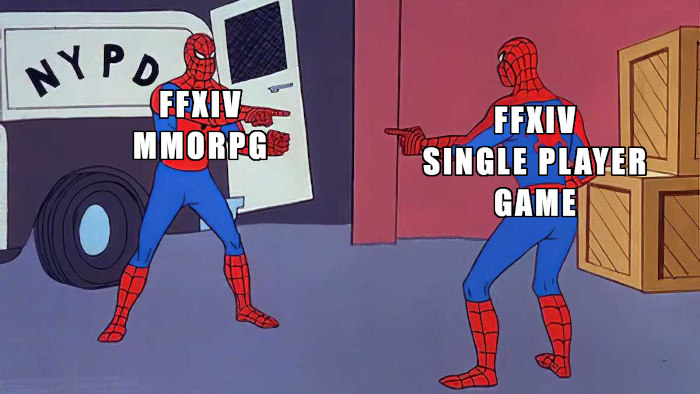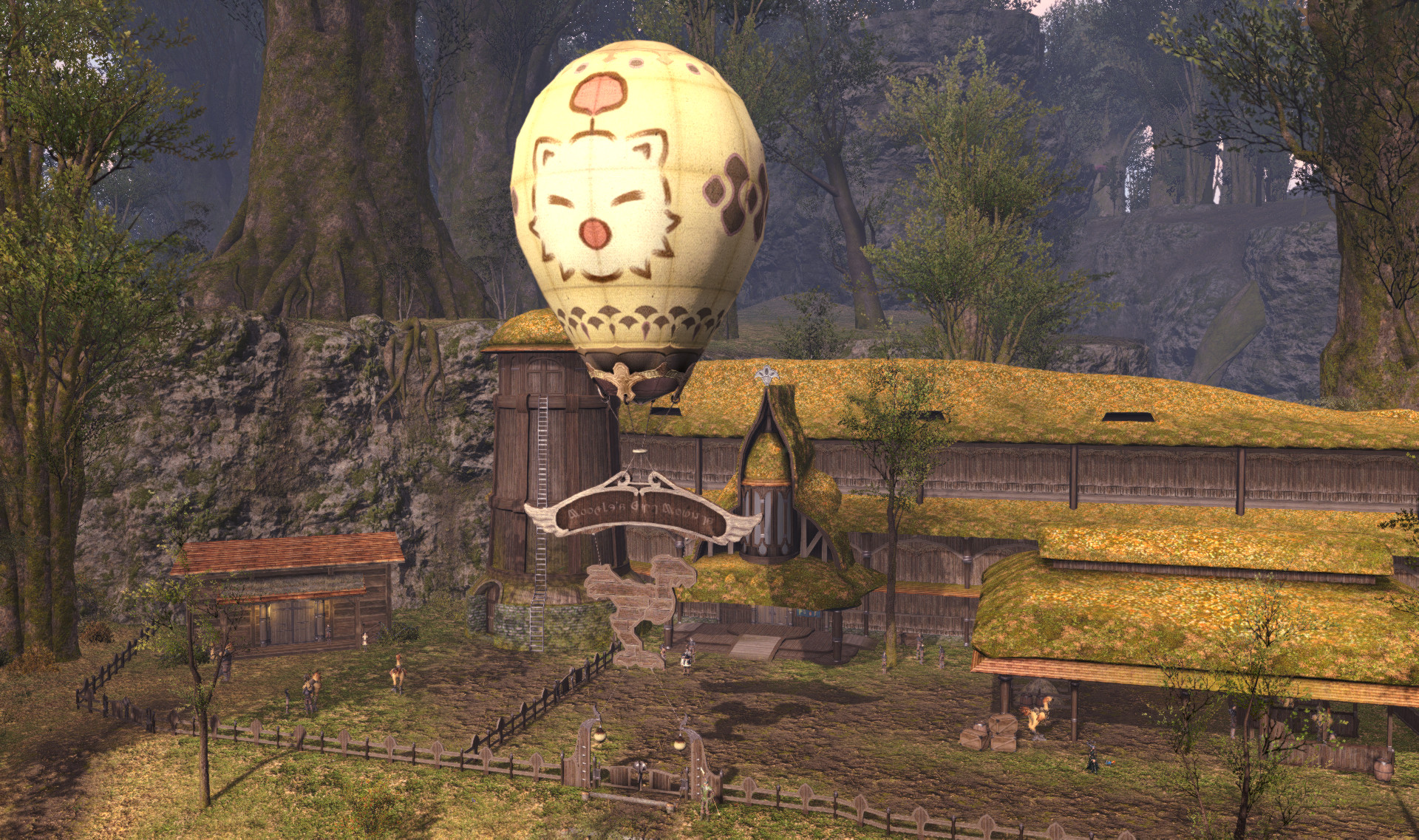When asked what one’s favorite painting is, depending on who you speak to, you could get a variety of answers. Some may pick a work by Van Gogh, others Monet, Picasso, Klimt, even Ross (as in Bob). However, when asking what the most famous painting is, the selection pool becomes much smaller. While it could be argued that Van Gogh’s The Starry Night, Munch’s The Scream, Vermeer’s Girl with the Pearl Earring, or maybe even Dali’s The Persistence of Memory may act as contenders, it would be tough to stack their fame against the Mona Lisa.
While da Vinci is considered a master of his various crafts, that this particular work of his has risen to such renown is likely aided by infamy surrounding it in the early twentieth century. Its theft from the Louvre would spark an interest in it that to this day reverberates in media, being used as a symbol of important art.
Does this importance we view it with now, though, mean it is a perfect piece? One might assume so, though they may run into difficulty were they to question da Vinci himself. Supposedly finished in 1506, art historians suspect the renowned non-ninja or turtle genius continued altering this portrait until as late as 1517, only stopping due to issues with his right hand. He would die two years later on May 2, 1519.
Probably coincidentally, five hundred five years and one day later, Star Wars Episode I: The Phantom Menace was re-released in theaters on May 3, 2024, to warm fan reception. This is not all that surprising, though. May is an important month for Star Wars, with May 4th acting as a minor holiday within the fandom. It stands to reason that audiences may be more excited to see these films on that special day, even ones that I have been told are divisive.
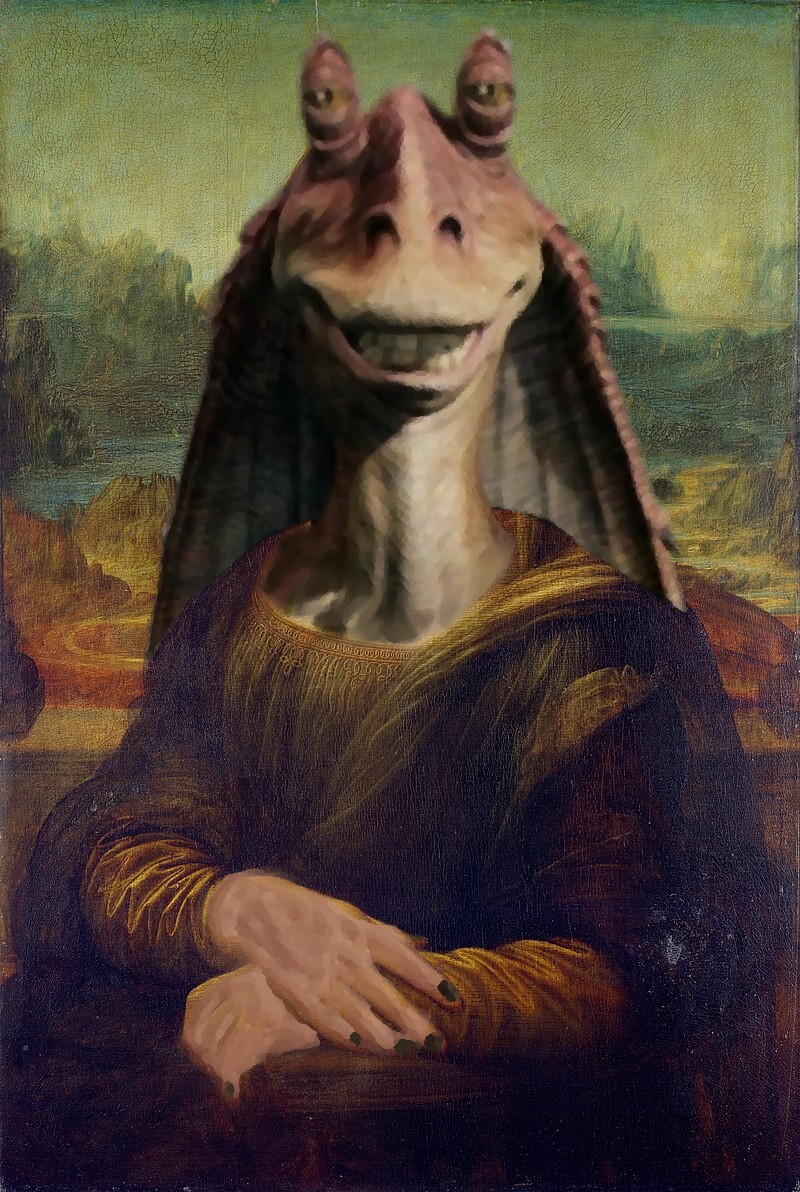
Interestingly, until recently, The Phantom Menace was one of the most reviled films in the franchise. Common complaints include a focus on being overly kid-friendly and, paradoxically, bogged down with an abundance of political plot points. Probably the most contentious aspect of the film is a single character, Jar Jar Binks. Some fans have gone so far as to create their own version of the film, cutting down or even editing out the character.
Until October 30, 2012, the Star Wars property remained entirely in the hands of George Lucas who finalized sale of it to Disney on that day. Interestingly, though, since the sale, no changes have been made to the films by George Lucas. In fact, probably coincidentally, the final edit to any of his Star Wars films was to the Phantom Menace when it was rereleased in theaters in 2012, prior to the sale.
This is interesting because, in recent years, Disney has become notorious for remaking and releasing live-action versions of their classic films. While largely unchanged, each remake contains at least something new or different to set itself further apart from its original incarnation. This practice has earned Disney the chagrin of fans and a reputation for doing anything to make a quick buck. And yet, if it is so widely known that Jar Jar Binks is maligned by Star Wars followers, is it not odd they would leave the character untouched in a theatrical re-release in 2024?
“Those will always remain his.” This is a 2017 quote from current President of Lucasfilm, Kathleen Kennedy. If you have watched anything about Star Wars on Youtube, you may see her name pop up from time to time as video after video gets recommended to you sharing the theme of “Kathleen Kennedy is definitely going to be fired this week, for real.” Even getting away from the more extreme reactionary side of the fanbase, she has not exactly garnered much support over the years running the proverbial show. Still, this is due to the direction of the Star Wars property. True to her word, George Lucas’s works have remained untouched by others.
Much like the Mona Lisa, until George sold off his property, he edited bits and pieces here and there. Some edits are despised by his own fans who reject the idea wholesale. And similarly to the Mona Lisa, despite the potentially perceived flaws in the final product, such as Mona Lisa’s eyebrows or Greedo shooting at Han Solo, after their creators have moved on the only things done to them now are acts to preserve them.
While we may not all believe these final versions are the perfect presentation of these works, we should at least all be able to agree that respecting the vision of their creators is important. So when does that change?
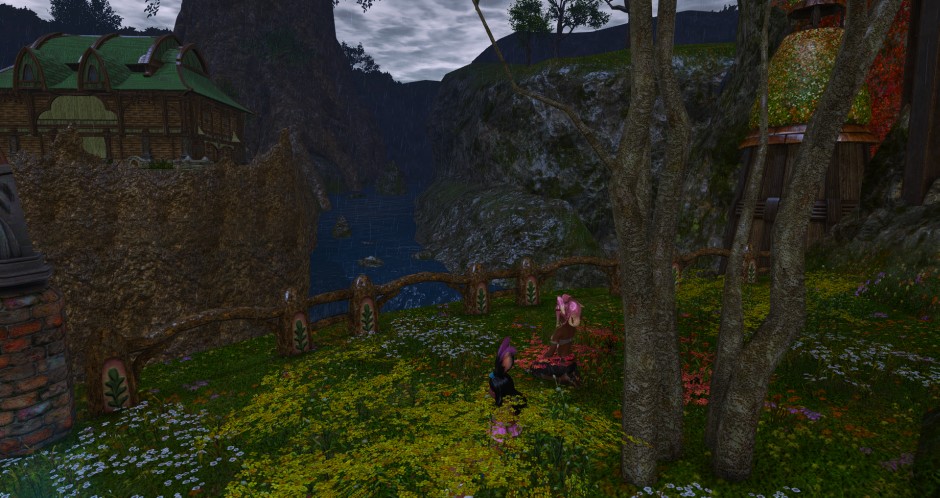
As you may or may not know, the month preceding May is April. In poetic gardening lore, April is symbolic as being the harbinger of change, “April showers bring May flowers.” Probably coincidentally, this year’s April had a slew of controversy when several changes to art direction were launched prior to May, though the controversies might not be tied to the prematurity of the month so much as the content.
Here in Eorzea, we were treated to a Benchmark featuring newly updated models and lighting we were told we should expect at the launch of Dawntrail. Meanwhile, Pokemon Go players were delighted to find they had been given new character models to create a perfect likeness of themselves with. And at the end of the month, the hypetrain for Stellar Blade pulled into the station with camisoles that everyone greeted with open arms.
Because you are reading this and I did not convey the tone through text well, please understand that the previous paragraph was deep fried in sarcasm. If you have spent any time looking into any of the above, you know at best the changes were seen as being a mixed bag within their respective fanbases. The most evenly split were those in the Final Fantasy XIV community, with some praising the updates and others lamenting details that were either lost or altered in the updated environments.
The Pokemon Go community had it especially rough as the formerly stylish avatars that had represented each player in an augmented reality world since the mid 2010’s had now become grotesque deconstructions of the human form. These oblong monstrosities came with the added insult of telling players their new avatars are design to look just like them! They have since changed the messaging to be about “rediscovery,” as I guess even they realized their initial wording was a bit much.
Most unnecessarily loud and vitriolic, though, has been the reaction from the Stellar Blade community, who is up in arms over a camisole. For those unfamiliar, the action game launched and was shortly after patched to add some slight alterations to the in-game costumes, including a camisole appearing under a revealing one-piece, and a thin piece of fabric under some sort of shoelace-inspired corset.
Those shouting at the top of their lungs that they are grown men who deserve to have what they want would have you believe, though, that these garments actually represent an injustice and are the result of a secret organization bent on destroying gaming through nefarious acts of censorship.
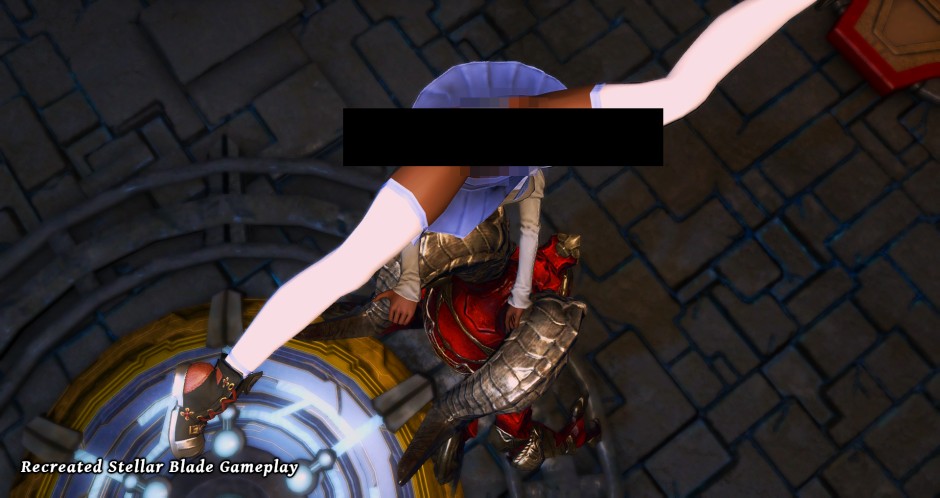
Full disclosure, I do not own a PlayStation 5, something you may already know as I cited the absence of one leading to feelings of disconnect towards Clive. However, I am a big fan of action skill games, my all-time favorite being Monster Hunter. Ask the Babbler staff if I ever shut up about it. I get a rush out of narrowly avoiding certain death in a game and things like Stellar Blade appeal to me. So naturally, I wanted to know more about the controversy and started to look into things more.
If you are looking for gameplay perspectives, this is the wrong spot, something you should have realized at the third paragraph about the Mona Lisa.
I spent a few too many days following the discourse surrounding Stellar Blade, slurping up each juicy drop of drama as it splattered across my timeline, frantically hitting the refresh button hoping for just one more shot of audacity instead of going to bed. It became really unhealthy and I knew it but I just could not stop. It was so wild to me to see people act in such ways.
When I work out, I like to do a bit of yoga and pilates because I think it’s important for me to do something that helps maintain or increase flexibility. Yet even seeing some of the stretches people were making was incredible. Before I poison the well more, though, we should better understand what censorship means.
“The suppression or prohibition of any parts of books, films, news, etc. that are considered obscene, politically unacceptable, or a threat to security.” This is a dictionary definition of censorship and does a very basic job of explaining a crucial issue with this debacle. Importantly, it does not mention where censorship comes from.
Censorship is from external pressures, typically such as a government body or private organization demanding changes that better align with their values to a work. And while self-censorship is a thing, this is also something that comes from outside an artist’s goals or wishes. Either because of fear or chasing perceived virtues of an audience, artists may at times inflict change of their own accord that does not match with what they wanted to create.
However, when an artist changes something because they feel that the alteration would more closely represent their vision, would it be censorship? Or can artists update their works of their own volition without such labels? Let us imagine some scenarios using Star Wars as an example.
One of the more controversial changes to Star Wars is the aforementioned Han Solo/Greedo scene. Over time, alterations have been made to the original cut to clearly show the Greedo character firing his gun before Han Solo, something more ambiguous in the initial version. Clearly, this is a change, but would you call it censorship?
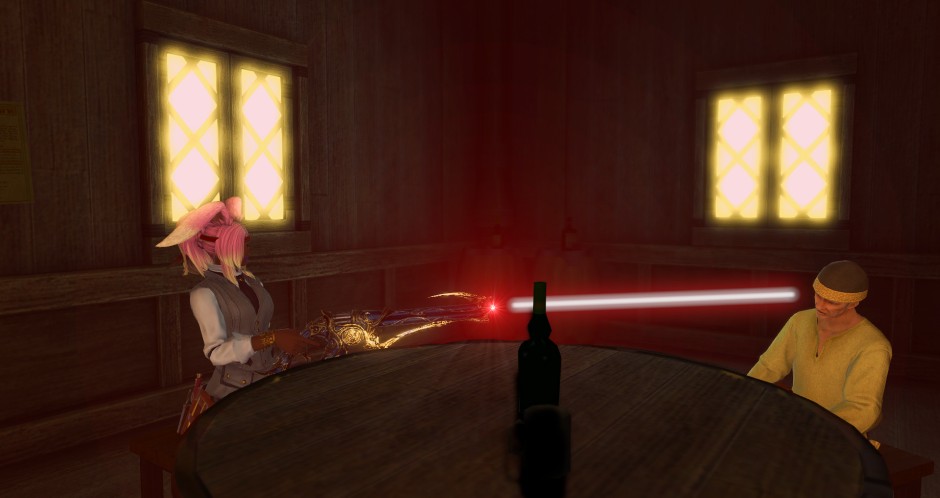
If you are on the side of “Han shot first,” you might be upset that I called the first cut ambiguous. This is understandable, but I do not think I am wrong to use that word for the same reason I would argue that changing that scene is not a form of censorship. Lucas himself clears this change up in a 2012 interview.
“The controversy over who shot first, Greedo or Han Solo, in Episode IV, what I did was try to clean up the confusion, but obviously it upset people because they wanted Solo (who seemed to be the one who shot first in the original) to be a cold-blooded killer, but he actually isn’t. It had been done in all close-ups and it was confusing about who did what to whom. I put a little wider shot in there that made it clear that Greedo is the one who shot first, but everyone wanted to think that Han shot first, because they wanted to think that he actually just gunned him down.”
Like it or not, the changes match better with the artist’s vision. Of course, you do not have to accept the artist’s vision as the best choice. Art should welcome controversial reactions, elicit emotions, all that good stuff. But censorship is something else entirely.
Let us imagine that Star Wars is going to be shown on a children’s TV channel that is known to abhor violence. Somehow, some way, they got the rights to air it and also wanted to go through with the airing of Star Wars. Absurd, I know.
Even more absurd, let’s say George Lucas was so desperate to get this on their channel that he agrees they can make changes to the film to match their broadcasting standards and one of those changes is cutting the Han Solo/Greedo scene entirely, or maybe swapping the guns with water pistols.
Such a change would be censorship, as it compromises the vision of the artist. Even if George Lucas decides against allowing it to air, the barrier itself is a form of censorship. Not releasing art due to a censorship restriction does not mean censorship does not take place. But I think I have talked about Star Wars enough for my lifetime.
So why do people think censorship is taking place in Stellar Blade? Before, I belittled the additions of minimal fabrics being added to a couple of costumes as the catalyst for the extreme outcry from fans. These fans, for some reason, are convinced that these outfits were altered over mandates from Sony who are after puritanical dress standards for women.
If you have seen conservative outfits in your life, you may be wondering “how are the costumes in Stellar Blade more conservative now?” If you look at some of the outfits, you might even wonder why any changes were made to the ones that received the treatment, if the goal is in fact to cover things up. Cause let’s be real a sec here, they aren’t hiding much in the 15 other outfits that these bits of cloth hid.
So then, if everything these outfit changes masked can still be seen, what is the point in Sony mandating their censorship? If you ask the grown men fighting for the future of gaming, they might tell you that this is a “death by a thousand cuts” situation, in which companies are not outright censoring things they don’t want shown but instead pushing the boundaries of acceptable censorship back bit by bit, game after game, year after year, until all string bikinis are layered full-body robes that hide any semblance of human form.
To me, what is most ludicrous is the lengths these people are going to justify their thought processes. If you thought the above was difficult to wrap your mind around, please buckle up because this next rabbit hole is a thought train through madness.
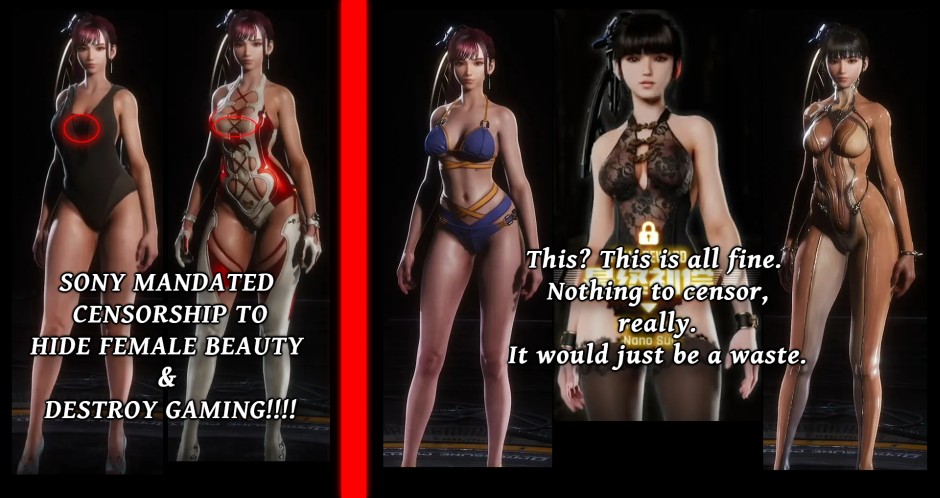
First, a timeline! On March 29, 2024, the Stellar Blade demo launched, showing off the first level and some mechanics, even a boss fight. On April 26, 2024, the full game was released to critical acclaim. On the same day, a patch was released to address some changes not implemented in the final version.
Stellar Blade had both a physical launch as well as publisher approval through Sony. While the time frame for things may not always be precisely the same, it is fair to say that since disc production and shipping takes time, the initial version on the discs was made maybe two to three months before April 26. In that time, the developers are not able to really implement changes they make after production. Still, we see this from time to time in the industry, where a game will launch and receive a patch as well.
Since Stellar Blade was being produced by Sony, it is likely they had to get approval for the production version. This means whatever was on the disc, Sony likely signed off on. Further, the demo version, a possible derivative of the production version also probably got the greenlight as well. So the game launched on April 26 was most likely okayed by Sony, with additional patchwork being something the developers wanted to address as they sat by for a few months in anticipation.
Somehow, though, the adult men signing a petition they hope will be printed and mailed to the developers believe that SHIFT UP, the developers of Stellar Blade, are being wronged by Sony. This is a little baffling because in an interview, Director Hyung-Tae Kim says the changes to the outfits were intentional and in line with their vision. So why do they not believe him?
Many have simply ignored this interview, letting their rage (and other emotions) do the justifying for them. Others have concluded that Sony has told this successful studio that they will never work in the industry again if they do not add a half of a napkin worth of fabric into the game. You might think I am being hyperbolic, but I assure you that aside from the last bit about the napkin worth of fabric, these are the shady dealings they believe are going on behind the scenes.
Somehow, a company, which has found success in the past and could go on to produce games for two other major consoles as well as PC if they wanted, is being secretly bullied by a larger company, who has no real leverage over the smaller company in the long term and has been open about what they censor in the past and also present, into making a minor change to two outfits in a game with much more revealing outfits because they believe that someday they will have the world’s only platform for gaming in which they can force their views onto everyone, and those views are that attractive Asian women are not okay, despite Sony being a Japanese company. Please excuse the run on sentence.
The thing is, that last part is important, because while they believe Stellar Blade is being stealth censored, they also use examples of other games that they claim were not censored. These examples include adult scenes in The Last of Us 2 and Baldur’s Gate 3, the latter of which cuts away leaving the implication of anything happening being the only thing the player is left with (AKA: no actual adult scene (But it’s still not for kids, it’s def adult themed)).
When confronted with this disconnect, they claim that it is because SHIFT UP is an Asian company and Sony only wants to appeal to adult elements of western studios. Of course, they have no proof of any of these claims, as I found when I spoke to one fan.
Using Occam’s Razor, what is more likely, though? All of the above being absolutely true and also completely unverifiable because Sony is a company of information ninjas despite regularly being hacked and having internal emails and data leaked to the public? Or that SHIFT UP had an artistic vision and made a last minute adjustment? I am a little biased, maybe, but I just can’t shake the feeling that SHIFT UP added that camisole cause they thought it made the outfit look better.
And if you are not willing to buy into the narrative that a shadow organization is chipping away at the cornerstones of gaming by slowly removing visible skin sometimes then you probably have to accept that this is a case of artistic integrity being challenged by the consumer. Some people desperately want to see just a little bit more and you know what? That is okay, have fun, kings. The thing to keep in mind, though, is you did not make Stellar Blade, so maybe it is not worth harassing anyone and everyone over minor adjustments by the creators.
So what about the other things in the world? The Pokemon Go Frankensteins or the FFXIV Benchmark bald patches? Do they not deserve the same respect that all artists have to make their creations how they want? Sure they do! That does not mean, though, we as consumers have to accept every choice an artist makes, especially when they are selling it. If you choose to be vocal about it, though, there are appropriate and inappropriate ways to make your concerns heard.
In the case of Stellar Blade, it can be hard to sympathize with the outraged, and not only because of the more obvious reasons. The main character, Eve, is her own person in the context of a story. Pulling away from that context, this is not a character any of these people had any say in the design of making. They are experiencing a premade tale with her as the protagonist. Therefore, if the storyteller is stating something about the character, while you do not have to agree with it, you cannot really claim partial say in the decision because you paid for the story.
On the other hand, in FFXIV and Pokemon Go, the characters in the story belong in a loose sense to the people that make them. We have been given tools to design a character and there are stories made we can take them on, but everything the characters do is an extension of us and our visions for them.
For example, while FFXIV highly encourages playing through the MSQ and being the Warrior of Light, a player can decide to skip out on all that, instead pursuing a quiet roleplaying life as a Roegadyn chef who has never fought a day in his life. Similarly, a Pokemon go Player never has to do a challenge or story quest and can instead catch and raise 500 Dugtrios to make the world’s largest Dugtrio farm. The tools and worlds are not our own, but the characters we make in them are the products of our imaginations.
When the tools suddenly change and our characters are shifted to a new look it is a lot more understandable to reject these changes. I am sure there are many Miqo’te players who were dismayed to find that they no longer had fangs. I know for a fact when the initial preview was launched many viera, me included, were upset that our signature noses were molded into something more generic.
When we make these characters, we have our own intentions with the design and while our visions do not trump those of the people making Pokemon Go or FFXIV, they should still be taken into consideration.
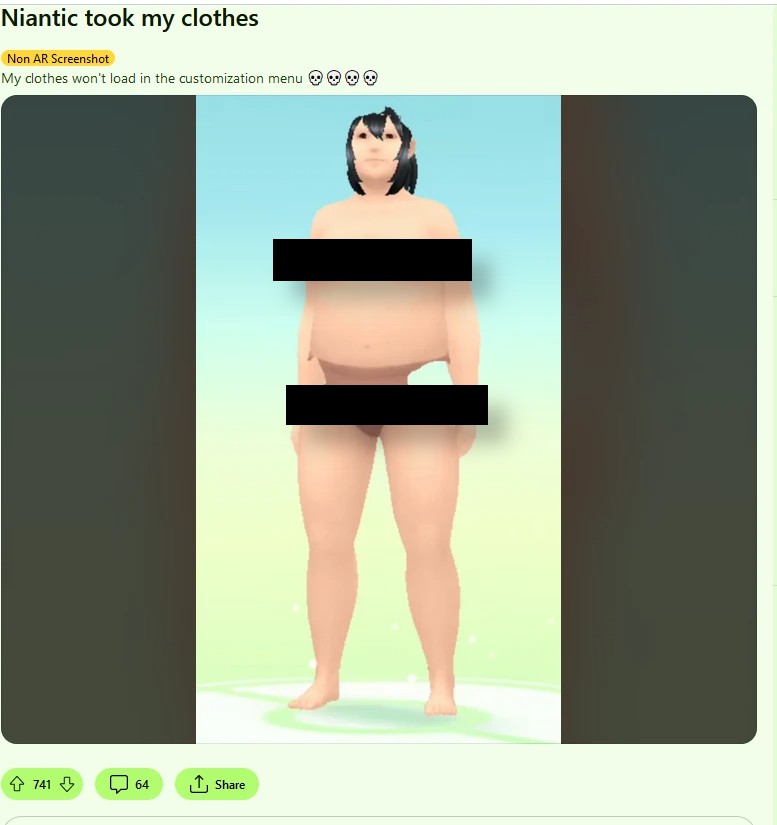
In the case of Pokemon Go, the views of the players have been universally ignored. Niantic, the Pokemon Go developer, has been very silent on the issue, hoping the controversy will go away, that the players will stop talking about it. And they are not wrong. Each day, each new tweet, less and less people are vocalizing their opinions on the avatars. While there may always be someone griping about it, for the most part, people are accepting they have lost.
For FFXIV, things turned out a little different. Not long after some of the community started raising concerns about the benchmark, Yoshi P issued a statement that promised to address some of the more glaring graphical changes, with an updated Benchmark coming later this month. Why did we get a different reception from the company?
While we do not have an exact reason from Yoshi P, there are some potential answers. In contrast to the Stellar Blade and Pokemon Go audiences who took a more vitriolic approach, complaints from the FFXIV community were less emotionally charged and more focused on highlighting the specific differences between the old and new looks. That’s not to say no extreme statements were made, but comparatively to the other two, the FFXIV response was rather tame.
Additionally, FFXIV purportedly has a history of listening to the playerbase. This is something I have a little trouble believing because I still can’t wear hats and GMs still do basically nothing, but I suppose that in some cases it is possible they listen.
Perhaps they are listening because the player base has been dwindling since the peak heights seen in Endwalker. Perhaps they are listening because FFXIV is a big money maker and with Square Enix’s recent financial situation, they want to do more to ensure we stay subscribed. Perhaps it’s a mix of both, but these are just minor little conspiracy theories of my own.
Either way, perhaps we do not need to go to war every time an artist changes something. People are resistant to change and even more so to criticism. When confronted with views that conflict with their own, even if they are incorrect, most people will dig in deeper and accept even more unbelievable claims to support their stance. This psychological quirk is not a new mysterious thing, it is pretty well documented.
It can be very tempting to get swept up in the rush of the crowd, to yell, scream, throw a proverbial grenade at the system, but while all this goes on, those outside your movement do not see what you are fighting for. They see a tantrum, whining and crying for whatever toy they are nearest to in Target. And more importantly, like all tantrums, this too will pass.
There is no incentive to cater to the whims of those screeching for what they want because it is thankless and they will be on their next tirade soon after anyway. Case in point, the Stellar Blade discourse is already in the past as Helldivers 2 takes the spotlight in the “Sony Must Die” crusade.
A calmer response that explains the consumer viewpoint and can implicate the lasting effects of a company’s decision is far more valuable to those running these products. That people are upset is measurable, but it also is not useful. What can be corrected, what mistakes have been made, what might a given player end up deciding to do with their time and money, these are things that a company is likely to consider and these are the reasons Square Enix likely opted to have an update Benchmark.
This all said, companies are not your friends. They may hire artists and allow them to work on their visions, they may take feedback and make changes based on it, but do not think for a second they will let you or the artists hurt their bottom line. If the response from FFXIV players had been largely the same with the caveat of complainers being “at least I can get a Fantasia,” you better believe that Yoshi P would note issue a statement. Why harm potential sales by giving the players what they want?
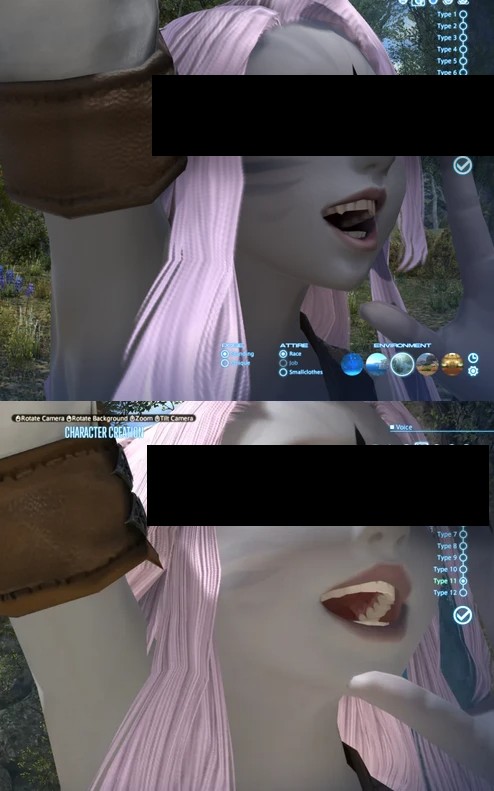
We live in a tricky ecosystem of balance between consumers, corporations, and art. The old saying “vote with your dollar” is only partially true, because we as consumers are relatively powerless individually. If we want our voices heard, sometimes we have to come together to do so. If we want to advocate for art or for our collective good, sometimes that means we need to accept we might not get everything we want.
Our interactions with art becomes even trickier. Art, when viewed, even if we do not create it, it is deeply personal. Everyone will have their own unique reactions to different pieces. Some might be overwhelmingly joyful, others disgusted, and even more completely neutral. And while these reactions belong to us, they do not give us any ownership over the art or artist.
Ideally, art should not be censored. Perhaps instead of demanding things be adjusted to our design, we can work to tailor our views to better match with the art we engage with. Hopefully, artists will listen to us when their work affects more than their vision, but if not, well, there is always more art in the world. Maybe some of us can use these changes to go off and bring our own visions into the world.
